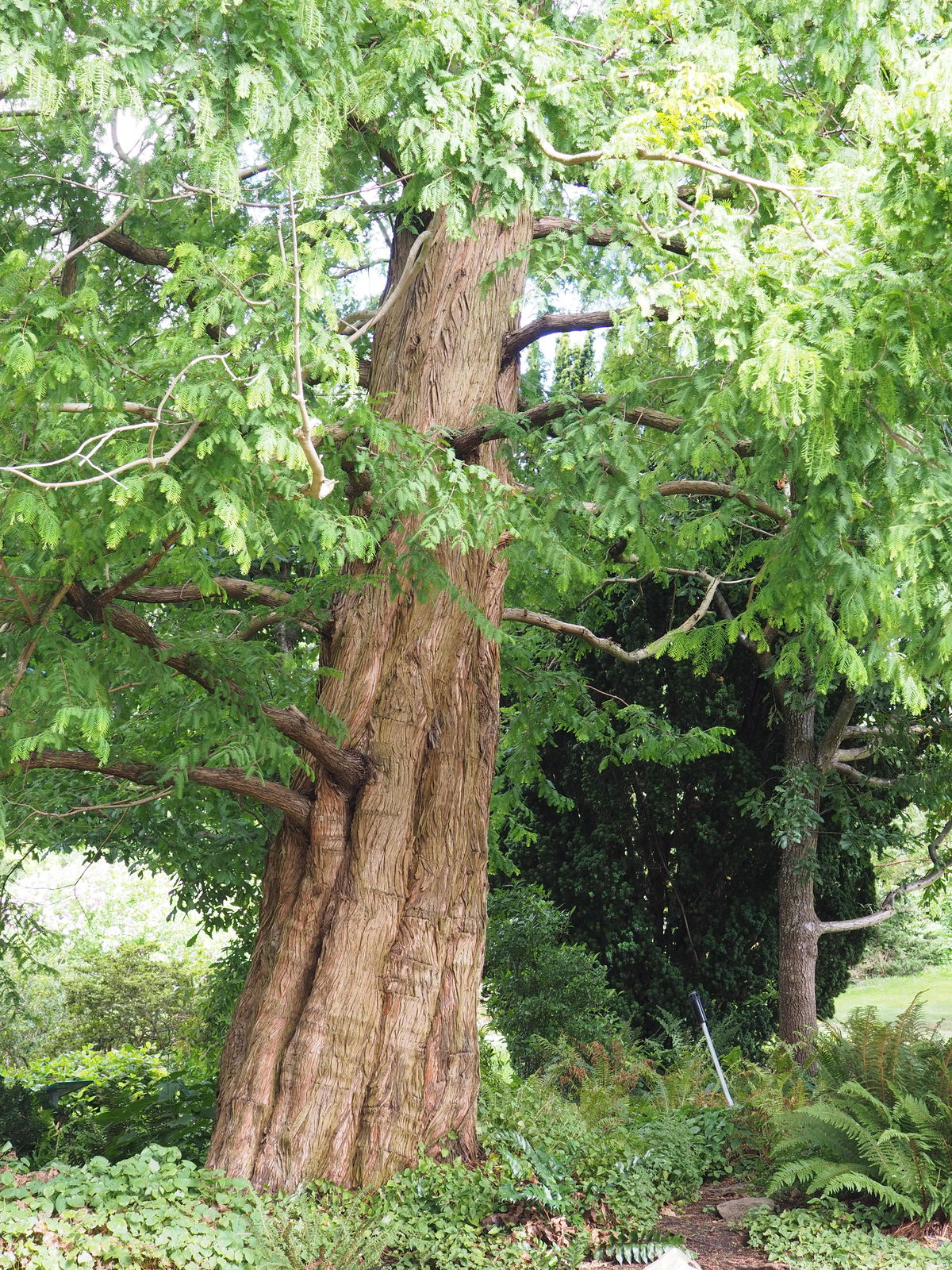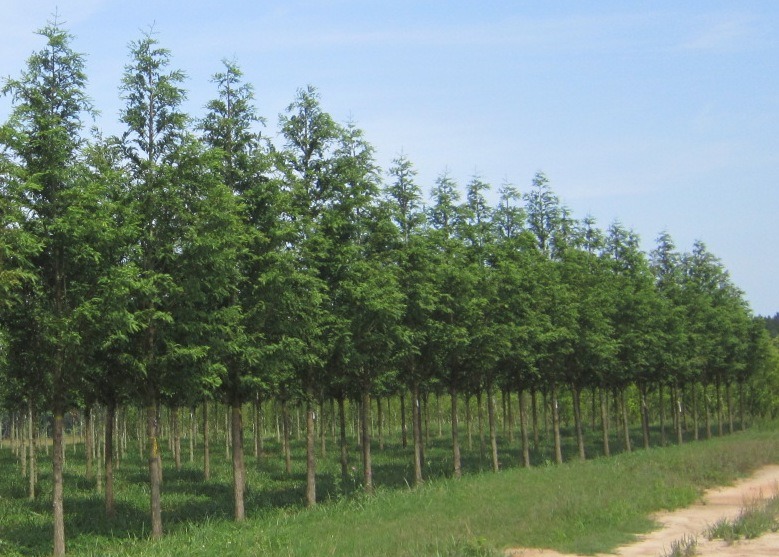

To test this hypothesis, a plant collecting trip returned to China and collected germplasm from several plant populations. Seeds and seedlings from this lot were distributed by the Arnold to botanic gardens and arboreta around the world and formed the extent of plants in cultivation up to the 1990s.It was late in the twentieth century when plant propagators and horticulturists began to notice the very low rate of seed fertility, and hypothesized that inbreeding depression might be responsible. Seeds and herbarium specimens were not collected until 1947, after the cessation of World War II, and did not make their way outside China until 1948, when one seed lot was received by the Arnold Arboretum. Living plants were not found until 1941 in western China. Produces a narrow small tree excellent as an accent or specimen. This tree was first placed in the genus Taxites, based upon the fossil record (ergo the common name dawn redwood - as in "the dawn of time"). Metasequoia glyptostroboides 'Miss Grace' / Miss Grace Dawn redwood Metasequoia glyptostroboides 'Miss Grace' is an unusual form of the Dawn redwood with strongly pendulous branches enhanced by soft, feathery, small bright green, deciduous foliage which turns orange-brown in fall.

It shares the same plant family as the bald cypress - as well as its deciduous foliage (unusual in conifers). The genus Metasequoia is derived from the Greek meta(with) and Sequoia. It is suitable for small to mid-sized home landscapes, where a full-size tree would be overwhelming. Metasequoia glyptostroboides 'Ogon' is a smaller-statured dawn redwood with gold tints to the foliage. Metasequoia(dawn redwood) is a fast-growing, deciduous tree, and the sole living species, Metasequoia glyptostroboides, is one of three species of conifers known as redwoods.


 0 kommentar(er)
0 kommentar(er)
